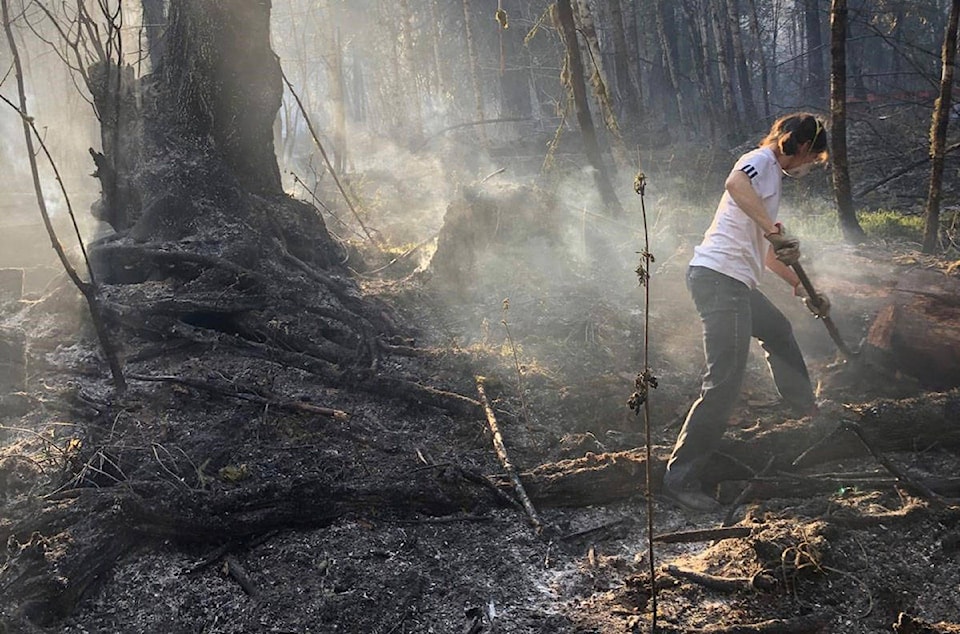Wildfire season is around the corner and the Regional District of North Okanagan is reminding residents to do their part to prevent fires this year.
The RDNO has been dealing with localized flooding due to rainfall and seasonal run-off but now they are shifting their attention to wildfire prevention.
The 2017 wildfire season is an excellent example of how the situation can change dramatically in a matter of days, from record-breaking flooding to devastating wildfires, the RDNO said in a statement Tuesday, July 7.
“It is important for residents to understand that they have a responsibility to be prepared for all aspects of the wildfire season,” community services general manager Mike Fox said. “This includes applying FireSmart principles to their homes, having a personal emergency plan and taking the necessary steps to be ready to evacuate should a wildfire threaten their neighbourhood or community.”
Already, the province has seen some aggressive wildfire behaviour that forced residents from their homes. In April, 120 residents in the Squamish Valley were forced from there homes. Three homes and several structures were lost to the wildfire.
The RDNO has been working to educate its residents on the importance of wildfire preparedness by offering tools and resources residents can access to help prepare in case of an emergency.
Through the Community Resiliency Fund, provided by the Union of British Columbia Municipalities, the RDNO has been working with consultants and experts at Frontline Operations Group Ltd. to provide public education on FireSmart.
“When residents take the time to prepare themselves and their properties, we see a significant reduction in homes lost and the need to evacuate communities, Frontline emergency management specialist Amanda Newell said.
“There are several recent events both within B.C. and throughout Western Canada that demonstrate how quickly a wildfire can escalate, leaving homeowners with little or no time to protect their homes and gather their families, pets and important items when the threat becomes imminent,” she said. “People never think it will happen to them, so they don’t take the time to prepare; we need to change that mindset.”
Homeowners are often concerned about forest stands surrounding their home and community, local FireSmart representative Brittany Seibert said.
“Ninety per cent of homes with a clean, non-flammable roof and 10 metres of FireSmart clearance will survive a wildfire,” she said. “There are simple and inexpensive ways to FireSmart your home, which will, in turn, drastically reduce the chance of losing your home.”
Alongside using FireSmart practices, residents can prepare by creating a personal emergency plan, including information on local hazards in the area, important contact information and a pre-designated meeting place for family members.
Residents should also have a Grab-and-Go Bag pre-made for each household member, including pets. The bags should include copies of important documents, extra medications, seasonal clothing, non-perishable foods among other items.
The RDNO also recommends keeping vehicle fuel levels at half-full throughout the wildfire season in case gas stations are overrun during an evacuation and can’t support the influx.
READ MORE: Vernon police investigate car fire
READ MORE: Lake Country home destroyed by fire
@caitleerach
Caitlin.clow@vernonmorningstar.com
Like us on Facebook and follow us on Twitter.
